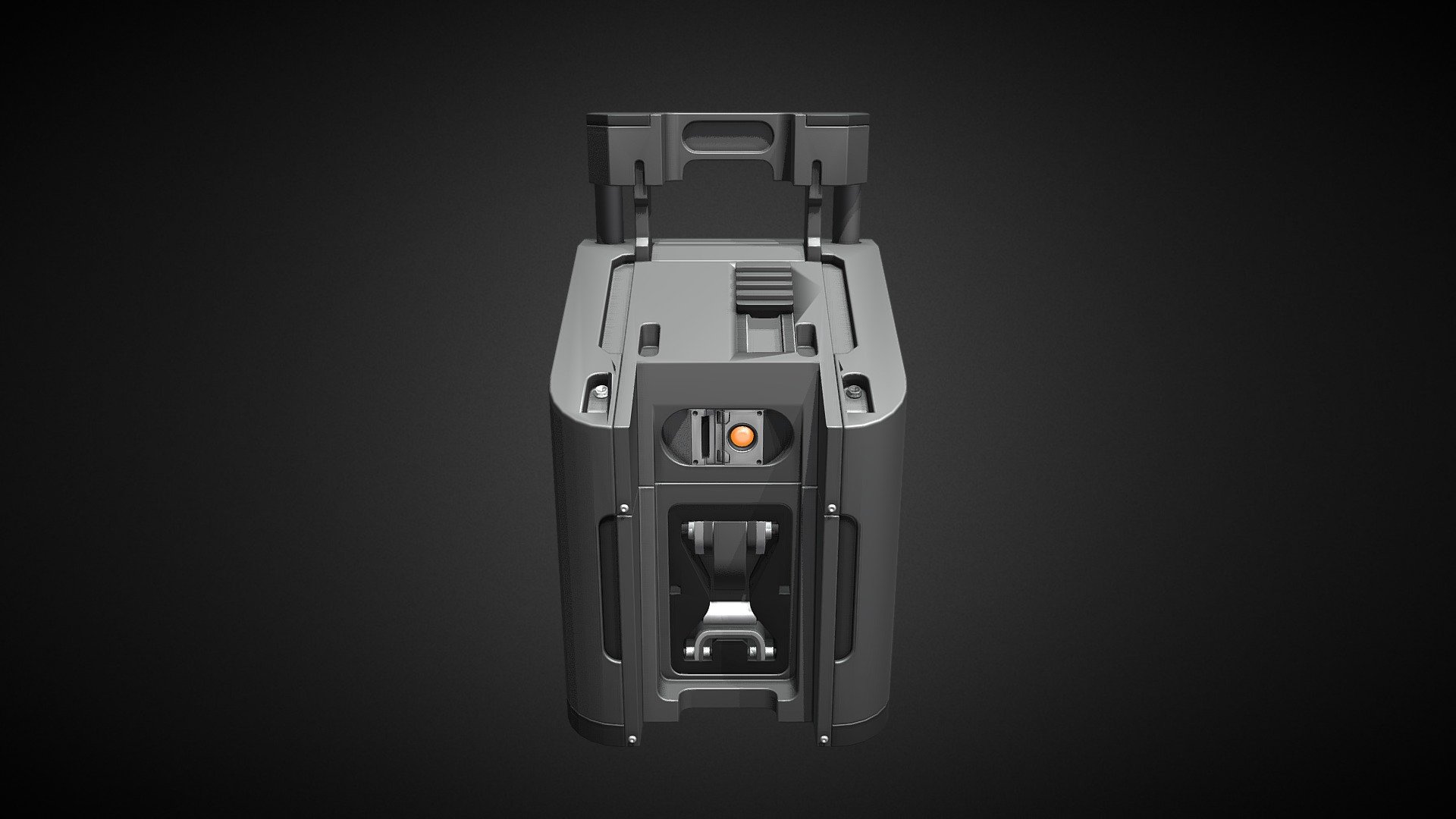
test
sketchfab
Exporting from Blender involves a variety of options that cater to different needs and workflows. The process begins by selecting the type of file format desired for export. This decision is crucial as it determines how the data will be interpreted and used in other applications. Some common formats include FBX, OBJ, STL, and Alembic, each serving distinct purposes such as 3D modeling, animation, or rendering. Upon choosing the format, users can adjust various settings to tailor the export process to their specific requirements. This might involve selecting particular assets, adjusting scale factors, or setting up complex animations. The goal is often to preserve data integrity while minimizing unnecessary information to maintain efficiency during import into another software platform. Blender's robust architecture allows for a wide range of customization through plugins and scripts, which can be used to automate tasks or extend the application's capabilities beyond its core features. By leveraging these tools, users can streamline their workflow, enhance productivity, and achieve more precise control over the export process. The final step involves confirming the settings and initiating the export operation. This is typically done with a single click, after which Blender begins processing and generating the desired file format. The speed at which this occurs depends on system specifications and the complexity of the data being exported.
With this file you will be able to print test with your 3D printer. Click on the button and save the file on your computer to work, edit or customize your design. You can also find more 3D designs for printers on test.
